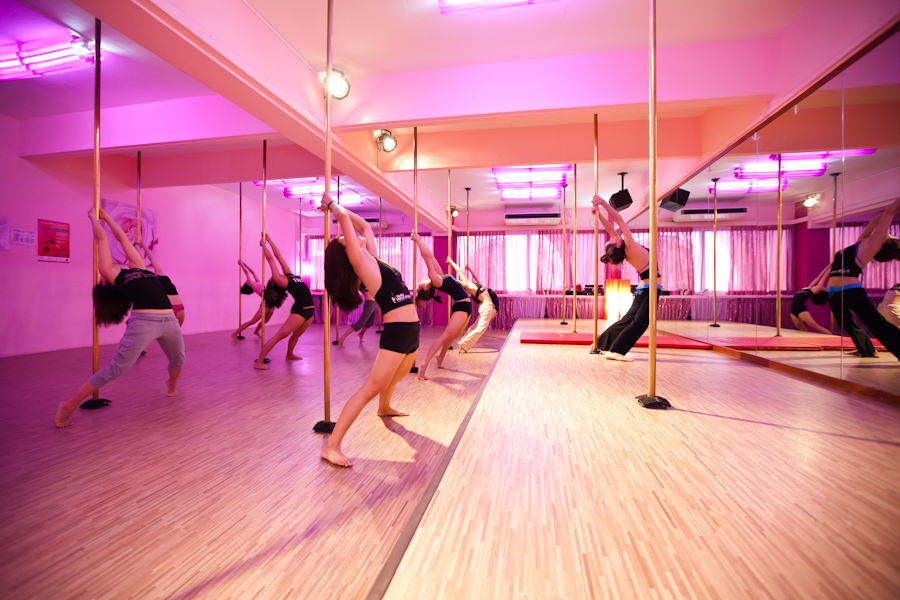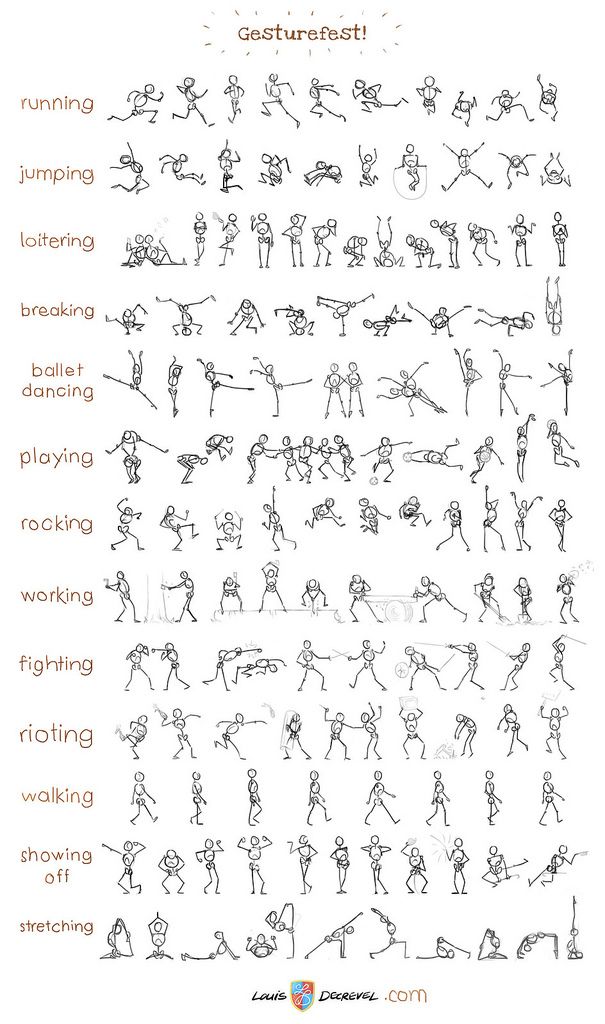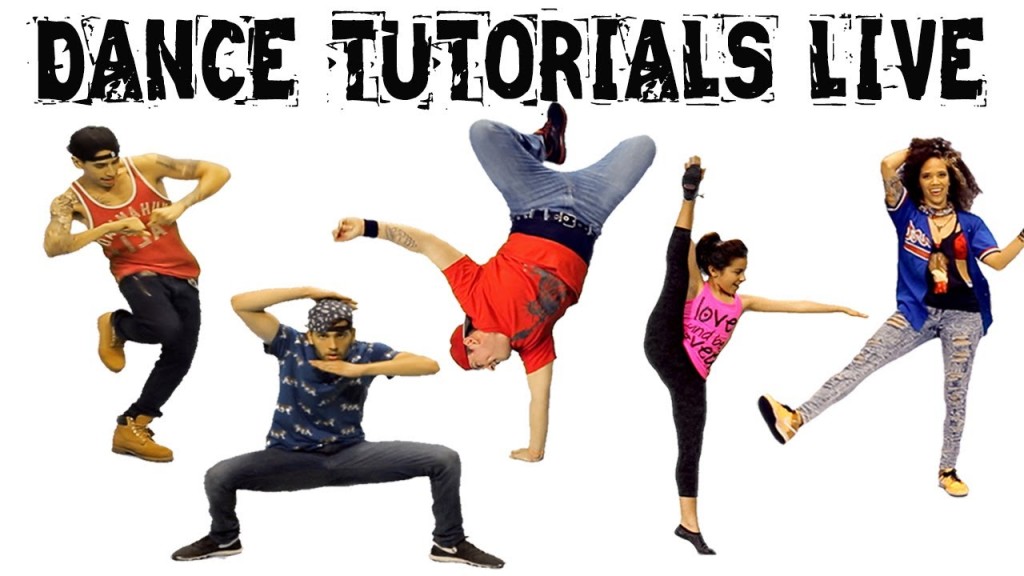How to be a carnival dancer
Samba Dancer at Rio Carnival
You’d have to be living under a rock to not know about Rio Carnival. The world’s largest party is a sensory overload full of beats, dance, sun, performance and revelry as hot and vivid as any Brazilian’s bare backside (and you’re likely to see a few).
But, did you know that you could step into the shoes (or crazy feathered boots or whatever they may be) and experience Rio Carnival as it is meant to be – as a Samba dancer in the main parade of the celebration?
Yes, you can embrace your inner samba god or goddess and party hard alongside some of the most spectacular of human specimens in their pageant finery.
But, first have a squiz at this guide to joining the ranks of a performer at Rio Carnival. It’s no mean feat and requires some preparation (best get started now).
Book your flights/tour
You’ll need to start early with your travel preparations if you want to secure your place as a Samba dancer in next year’s Rio Carnival. Accommodation books out quickly at the biggest party in the world.
The Sunday and Monday of the festival are the highlights of the event.
This is when the Samba schools (that you can join with for the parade) will perform in the purpose built facility called the Sambadrome. You’ll need to organise accommodation nearby and transport to and from the Sambodrome on the Sunday or Monday.
You will need to buy tickets to the parade to secure your entry with many seating options available for your friends or to enjoy the rest of the spectacle.
Buy a costume
Buying a costume is a pretty thrilling part of the whole experience. You can really let yourself go and decide to become anything from Medusa to Beethoven. Costumes rang in price but you should be able to find something to meet your budget.
If all things fail, simply think: feathers, feathers, and more feathers. Really, you could probably rock up in a G-string, holding some maracas and be covered in glitter and you’d pass.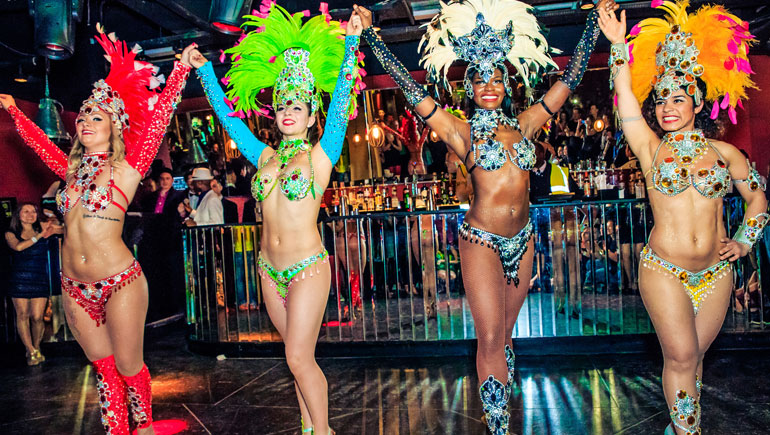 However, if you really want to impress buying an authentic costume is a good idea. It is advised to buy your costume online and well in advance. Remember, drag queens do plan all year round – so you are up against some pretty stiff competition.
However, if you really want to impress buying an authentic costume is a good idea. It is advised to buy your costume online and well in advance. Remember, drag queens do plan all year round – so you are up against some pretty stiff competition.
You can view costumes at http://www.riocostumes.com/
This could be you, dancing in Brazil!
Contact a Samba School and listen to and learn your samba songs
You’ll need to contact a Samba school to be a part of a parade. Make sure you find out what songs they will be using and try to get an idea of what it is all about. No one wants to see you flapping your feathers about without a clue as to what it is going on.
You can download Samba songs here.
For more information on contacting a Samba school and participating in a parade visit the official Rio Carnival website.
Learn how to dance a little and get fit
Well, that should be pretty damn fit if you want to take it seriously at all. A lot of dancers actually get injured in competition.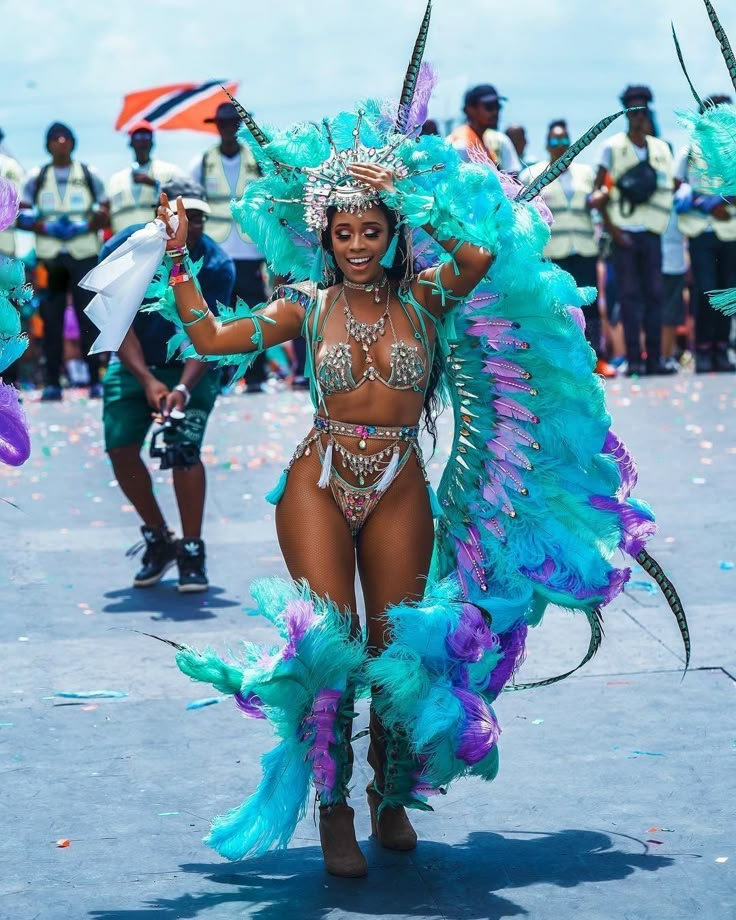 They really bring their game. Be prepared to “shake your boom boom” al la Ricky Martin. Samba is a Brazilian dance with an African influence. It would be wise to attend a couple of classes in your local area in preparation.
They really bring their game. Be prepared to “shake your boom boom” al la Ricky Martin. Samba is a Brazilian dance with an African influence. It would be wise to attend a couple of classes in your local area in preparation.
Get ready to party hard (whilst observing etiquette)
Yes! Get amongst it. But, do remember to follow parade etiquette. That means don’t get to intoxicated – as you can easily be kicked out of the parade and venue. To be in the parade is a manic explosion for the senses. But, the point is that you have to keep you senses in the first place. Most importantly, enjoy it – jump on a float, sidle up to a Brazilian hottie – be prepared for the experience of a lifetime!
For an amazing Rio Carnival experience, check out our tours to Rio.
By Patricia Higgins, Australian journalist, copywriter and model/actor.
How And Why To Hire Carnival Dancers For An Event?
Carnivals are fun and frolic events with colourful parades, street parties, elaborate dressing and merriment.
Many countries are known for their grand annual carnival festivals when all people are in a happy and cheerful mood. Apart from the colours and grandeur of the festival, carnival dancers steal the limelight by entertaining the crowd.
Thousands of ornately dressed dancers with feathered and bejewelled accessories flock the street during the event. The dancers are trained in samba and perform their moves in eye-popping outfits. The shimmer and sparkle of carnival festivals are primarily credited to the dancers’ performances enticing the crowds of millions.
Trained in Latin and Brazilian dance forms
Not all the dancers are trained for dancing in a carnival. When it comes to the carnival, it is all about glamour ability to carry the bejewelled dresses studded with gems and stones while swaying to delicate moves. The professional carnival dancers for hire are trained in Brazilian, Latin, and Samba dance forms. The dancers have high energy making any event grand with their dance and moves.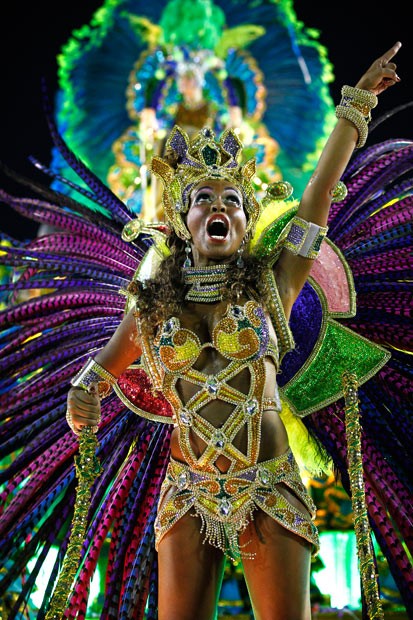
Bring excitement to any event
Hiring carnival dancers is one of the easiest ways to make an event enjoyable. Not only the dance but the music and beats on which the dancer’s dance give a power pact performance. With the help of carnival dancers, bring the spirit and fun of carnival to any event. Make any occasion dramatic as the carnival dancers give captivating live performances. The lights, elaborate, colourful dresses and powerful beats make any event grand.
Let go and enjoy the moment
Carnival is a festival where people can let go of stress and enjoy themselves. The culture is about letting go of the real identity and taking another event, and it defines free-spiritedness and is an excellent way for people to live in the moment. Hire carnival dancers for a masquerade party to turn it from a lowkey event to an exciting one. The dancers’ catchy music and eye-popping performances will compel you to let loose and dance along.
Organize a themed party
Want to celebrate your bachelor’s? Want to surprise someone special on their birthday? Organizing a carnival-themed party is now easier than ever.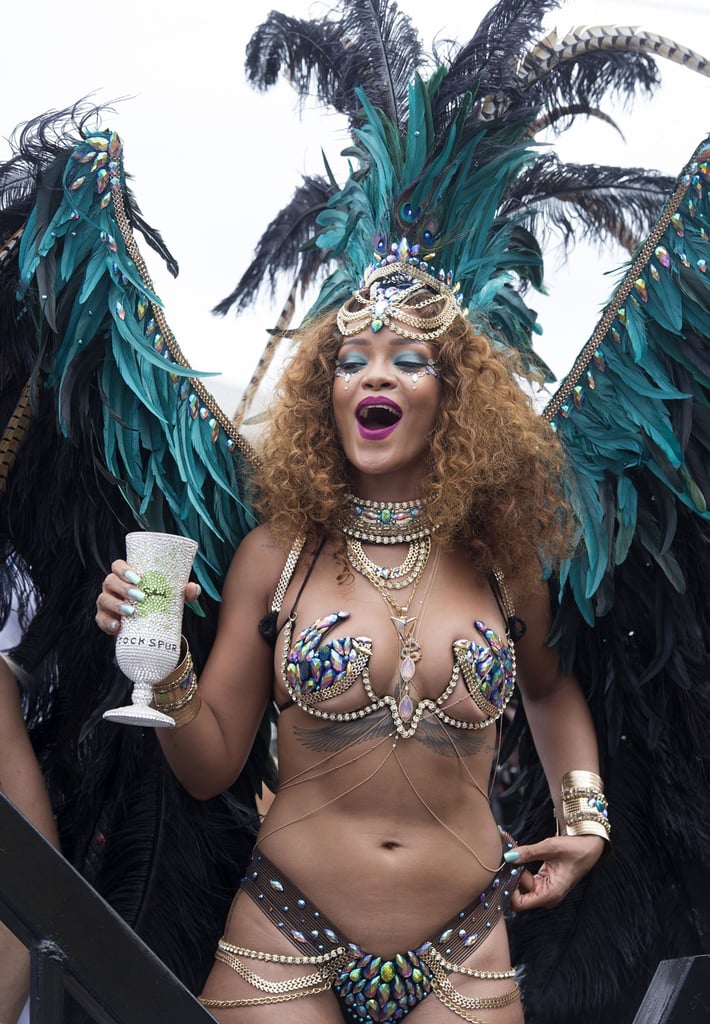 So, why wait for the carnival festival when you can schedule a carnival themed in your backyard? Hire professional carnival dancers to ensure you have the perfect theme party aligned with the likes of the carnival.
So, why wait for the carnival festival when you can schedule a carnival themed in your backyard? Hire professional carnival dancers to ensure you have the perfect theme party aligned with the likes of the carnival.
Professional and well-trained
When it comes to carnival dancers, it is not only about the dance moves but so much more beyond it. Bejewelled dresses, sparkles, feathered headgears etc., are a big part of the dance. The colourful and glittery clothing is an important part of the carnival dance. When you hire professional carnival dancers for any event, you don’t have to worry about anything. The dancers come dressed for the event and give an awe-inspiring live performance to make the event exciting.
Larger-than-life accessories
One thing that makes the carnival dancers stand out is the grand and extremely gaudy accessories. The head gears are adorned with colourful feathers that make the dancer distinct and unique from all dancers. When organizing an event where you want to hire carnival dancers, it is important to always hire professionals. The dancers bring their dresses, accessories and everything else necessary for their performance.
When organizing an event where you want to hire carnival dancers, it is important to always hire professionals. The dancers bring their dresses, accessories and everything else necessary for their performance.
Carnival is all about extravaganza where dancers dance to the beats of the samba or Brazilian music. If you want to hire carnival dancers, always hire from an agency or place where the dancers are trained and highly professional. Turn any event or occasion into a grand one with fun and exciting Brazilian or Latin carnival dance moves. Be ready to be mesmerized by the intoxicating dance moves of a carnival dancer.
The most important skills of a dancer: ailev — LiveJournal
I came across a video by Alexander "Dragon" Kuskov, where he expresses an opinion close to me about the necessary skills of a dancer --https://youtu.be/_OMctTXr5Cw. 1. Body control - isolation (say, the passage of a wave crest over an otherwise immobile body), fixation (for example, dimestopping)
2.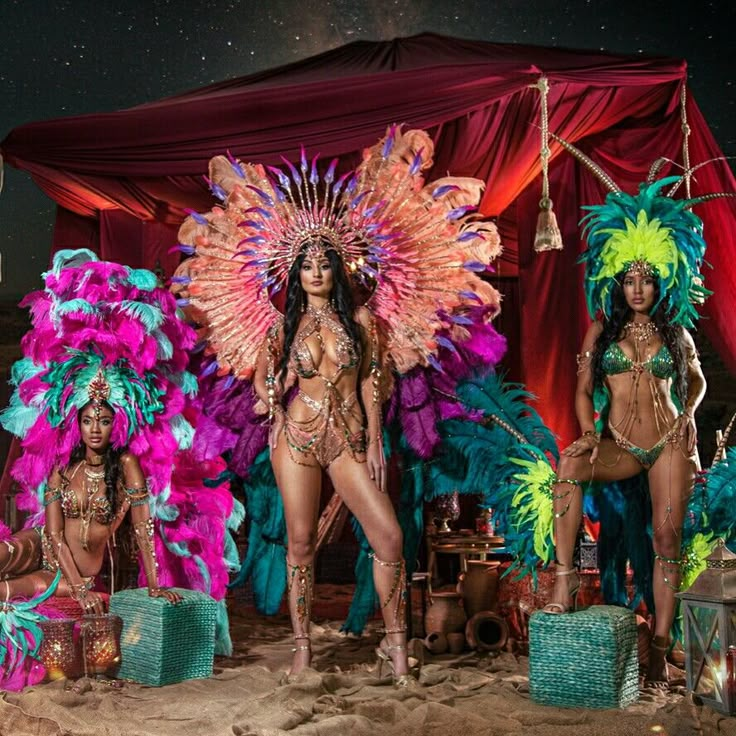 Plasticity and stretching (the ability to move in amplitude and air)
Plasticity and stretching (the ability to move in amplitude and air)
3. Dance "from music": energy from music
4. Speed control to make the music visible (in kizomba this is called musicality)
5. Principles of performance: basic ideas of dance (as in kizomba the main idea is the connection-disconnection of a pair without losing connection, so in wave it is to control attention to the body)
6. Improvisation: combinatorics, work with space, learn to improvise with simple movements
7. The skill of basic energy when you dance "from the inside" and not just "moving to the audience"
8. The ability to convey an idea when you dance (saturate the dance form with your mind).
Yes, I once told my students: you can randomly move your arms, body and legs, not to the music - but if you achieve that at least your head (or better, a head with shoulders) will be at the same time motionless relative to the floor, then the audience will have the complete impression that you are not having inept convulsions, but just such a dance. And for those who understood what I was talking about, everything turned out many times faster than for those who did not understand. nine0010
And for those who understood what I was talking about, everything turned out many times faster than for those who did not understand. nine0010
So in August I started to restore my skills as a dancer, primarily with body control - after all, over the past thirty years of non-dancing, I completely lost isolation and fixation. Once my body control was quite at the level (I danced the robot style in my youth, and not bad!), Then I restored the isolation more or less quickly.
Of course, without body control, no basic step in the same kizomba will work. In kizomba, the body must "swim" at a constant speed, the partner is led by a frame - and this "frame" (the working area between the arm and the body) must be reliably isolated from all other movements, especially the movements of the legs and head. This is what I paid some attention to - and all my success in kizomba (and I already sometimes manage to send partners into a trance in training) can only be explained by this. But with fixation, dimestopping - there are still huge problems here, the body does not obey. Here, take a look at how fixation occurs in urban kiz - partners constantly freeze no worse than robot style performers, only they also do it in pairs, absolutely synchronously, without losing connection, dancing JoJo and Mikaela: https://youtu .be/Q6U4hvpTFoE. These dime stops (instantaneous fading at full speed) I can’t do yet - the skill is slowly remembered, but not quickly and not completely. Well, I’m unlikely to have plastic with stretching at my 58 years old at least at some level - although in kizomba this is also necessary: the body is regularly twisted there, be healthy, and plastic footwork is needed in quantity. nine0010
Here, take a look at how fixation occurs in urban kiz - partners constantly freeze no worse than robot style performers, only they also do it in pairs, absolutely synchronously, without losing connection, dancing JoJo and Mikaela: https://youtu .be/Q6U4hvpTFoE. These dime stops (instantaneous fading at full speed) I can’t do yet - the skill is slowly remembered, but not quickly and not completely. Well, I’m unlikely to have plastic with stretching at my 58 years old at least at some level - although in kizomba this is also necessary: the body is regularly twisted there, be healthy, and plastic footwork is needed in quantity. nine0010
What's next? And then, on the basis of these skills, of course, it was necessary to learn the basics, which I honestly did for four months - exactly to the extent of restoring the body control skill and some kind of advancement in plasticity. Everything else, of course, is much easier for me.
* * *
Who has read up to this point - bonus about rebit.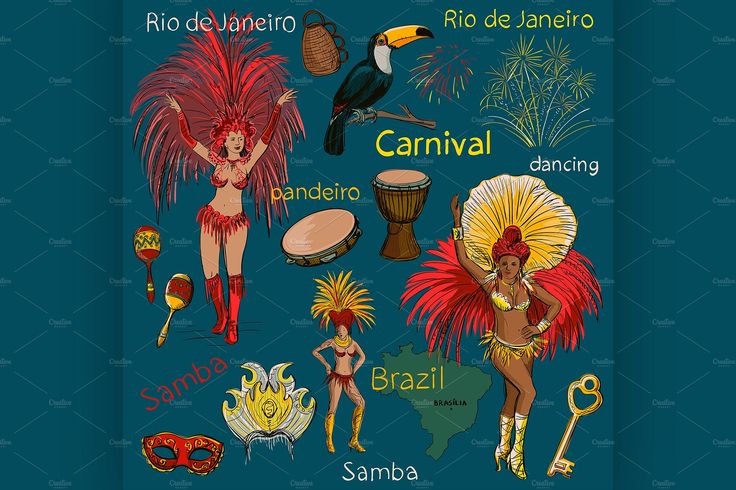 Rebita (aka massemba) is the predecessor of semba, who is the mother of kizomba. I wrote about rebitha in "where did kizomba come from" (http://ailev.livejournal.com/1319839.html):
Rebita (aka massemba) is the predecessor of semba, who is the mother of kizomba. I wrote about rebitha in "where did kizomba come from" (http://ailev.livejournal.com/1319839.html):
Rebita is a dance of jokes and jokes based on sex. As politically correct write in English sources, Known as umbigada, or “belly-bumping” in Portuguese, the dance is characterized by a hip thrust meant to mimic the act of procreation. But sex here is social, like a bonobo - the basis for spiritual pastime, jokes and relaxation. Watch the rebit/massemba video and you won't have any questions: https://www.youtube.com/watch?v=lKEySRc4-1k .youtube.com/watch?v=YVAfWS9ADgE), here is also quite frankly towards the end of the dance: https://www.youtube.com/watch?v=NhVo8lqY_AM, and here too: https://www.youtube.com/watch?v=URduBrGNxFc, and here it’s the other way around, grand and decent in a carnival way: https://www.youtube.com/watch?v=bpxONil9_mM and https://www.youtube.com/watch?v=Bzbe7BrtwwA.At the end of January, the rebit was placed in Russia - in St. Petersburg (https://vk.com/video175030_456239031):Or here: https://www.
youtube.com/watch?v=CAUbepspo80 - this is, by the way, Brazil. In Brazil, you can also find a rebita/massemba by the name Batuque de Umbigada -- https://www.youtube.com/watch?v=8M3BNcQnZsU, https://www.youtube.com/watch?v=Havd6FL0sdQ. But the rhythms are already diverging, the music is different. And the instruments get confused: dikanzu is called a river-river (https://vk.com/wall-6772219_2313).
As always in such cases, a remark was immediately received from the zealot of traditions Pedro Salakiako (https://vk.com /wall304031058_3134?reply=3138): "Of course it's fun, the guys did their best, but according to our tradition, the girl never gives or answers at the moment of massemba - the rebita is done by a man))) And the sound that is made at the moment of massemba does not come from touching the body, namely, kicking with an accent on the floor. In other ways, we also have the Angolan younger generation, those who dance not correctly, so people think that this is sex and a joke, although it is not, so it is also our fault .
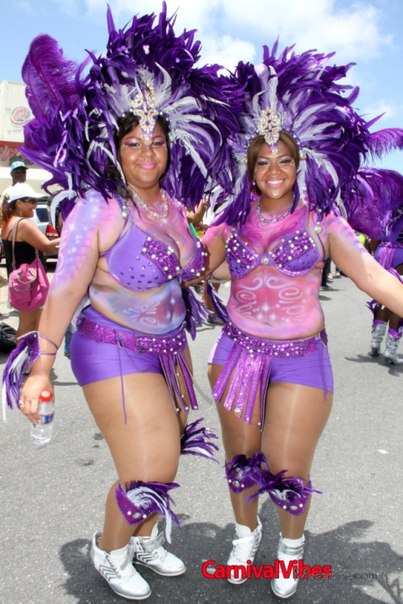 .. ". nine0002 My opinion here is this: if you want the dance to live, it needs to be modified. The show number was clearly not intended to achieve museum authenticity. As for museum authenticity, it is certain that in Angola, in different places, the massemba was completely different - and different "young generations", of course, understood (and will understand) this tradition in absolutely different ways. The language lives and changes, there are always dialects in it, and if the language suddenly becomes ossified (like, say, ancient Greek or Latin), then this is already post mortem. This applies to dance in full measure. While the rebita is being danced, adapted to the present (for example, as in the production under discussion they are mixed with kizomba - bypassing even the intermediate semba), the dance lives on. So, he already lives in Russia. And the jokes from it live on, including that same semba/umbigada/belly punch. Look, there is such a moment in the urban kiz video by JoJo and Michaela - and even behind the scenes at this moment, a giggle from the audience is heard, these are all dances of the same cultural root, although they are different beyond recognition! nine0010
.. ". nine0002 My opinion here is this: if you want the dance to live, it needs to be modified. The show number was clearly not intended to achieve museum authenticity. As for museum authenticity, it is certain that in Angola, in different places, the massemba was completely different - and different "young generations", of course, understood (and will understand) this tradition in absolutely different ways. The language lives and changes, there are always dialects in it, and if the language suddenly becomes ossified (like, say, ancient Greek or Latin), then this is already post mortem. This applies to dance in full measure. While the rebita is being danced, adapted to the present (for example, as in the production under discussion they are mixed with kizomba - bypassing even the intermediate semba), the dance lives on. So, he already lives in Russia. And the jokes from it live on, including that same semba/umbigada/belly punch. Look, there is such a moment in the urban kiz video by JoJo and Michaela - and even behind the scenes at this moment, a giggle from the audience is heard, these are all dances of the same cultural root, although they are different beyond recognition! nine0010 Pedro Salaiiako, of course, "the guardian of the tradition" and "for the correct traditional names". I left him a comment on this: https://vk.com/wall216279468_390. I just offered to accept that the word "kizomba" today means a lot of things besides traditional kizomba. Well, it means that those who want to point to traditional kizomba need to pronounce two words (traditional kizomba), and not all other people who use this word should refuse to use the word kizobma. As soon as the meaning of this word stops changing - that's it, it's time to dance to the museum of dead dances. In the meantime, the dance is alive and danced for pleasure, not to preserve tradition. nine0010
I left him a comment on this: https://vk.com/wall216279468_390. I just offered to accept that the word "kizomba" today means a lot of things besides traditional kizomba. Well, it means that those who want to point to traditional kizomba need to pronounce two words (traditional kizomba), and not all other people who use this word should refuse to use the word kizobma. As soon as the meaning of this word stops changing - that's it, it's time to dance to the museum of dead dances. In the meantime, the dance is alive and danced for pleasure, not to preserve tradition. nine0010
UPDATE: it turns out that Pedro is not only debating, but also deleting comments he doesn't like. Here is my comment, which he deleted from the thread, so his last answer is not even very clear:
1. Technical progress and dance have nothing to do with it, we are talking about terminology, the laws of the language - they are the same everywhere, even if we talk about sports ( let's say football in Europe and the USA are completely different footballs), even about technology, even about dancing, even about cooking.* * *The dispute is not about whether kizomba is urban kiz or not kizomba. Debate over what to call it. In my opinion, there is no problem: mathematicians are not confused when they call "geometry" or "logic" all variants of geometries or logics, and when they mean Riemann's geometry or some version of temporal logic. It is not clear why in dance this approach is embarrassing. nine0002 There is another approach, "copyright" - when the Xerox firm swears that someone says "I have a canon-type copier." But I repeat: the language develops according to its own laws, and all that can be done here is to educate. People will not stop calling copiers copiers because the trademark belongs to some company. In the case of dances and their names, the very concept of "belonging" is blurred.
It seems to me that there is no particular problem here if you are engaged in education - just as you can tell people about the photocopier and canon where these words came from, and what they meant before and how they are used now, you can do the same about dance.
Yes, there is little information in Russian about the history of kizomba and semba. For example, I tried to make my contribution to this enlightenment:
http://ailev.livejournal.com/1319839.html2. I didn't follow the page before, I found it only a few days ago. Now I will follow
At the same time I found out that Pedro Salakiako teaches semba two minutes walk from my house, and exactly in the same hall where I do kizomba, just on other days -- https://vk. com/club116766661. It’s already itching to go to semba too: I think semba music is much more pleasant than kizomba music (it smacks of pop music much less, closer to world music), and the dance itself is fun - and that says it all. But: 1. where to take all this time? 2. Semba requires serious physical abilities. And I'm clearly not an athlete. nine0002 You can watch and listen to semba in quantity at https://vk.com/gingaa
How to become a dancer who does not interfere with anything?
Who is a dancer? A person who moves his arms and legs to the beat of music or his own internal rhythm is the simplest definition.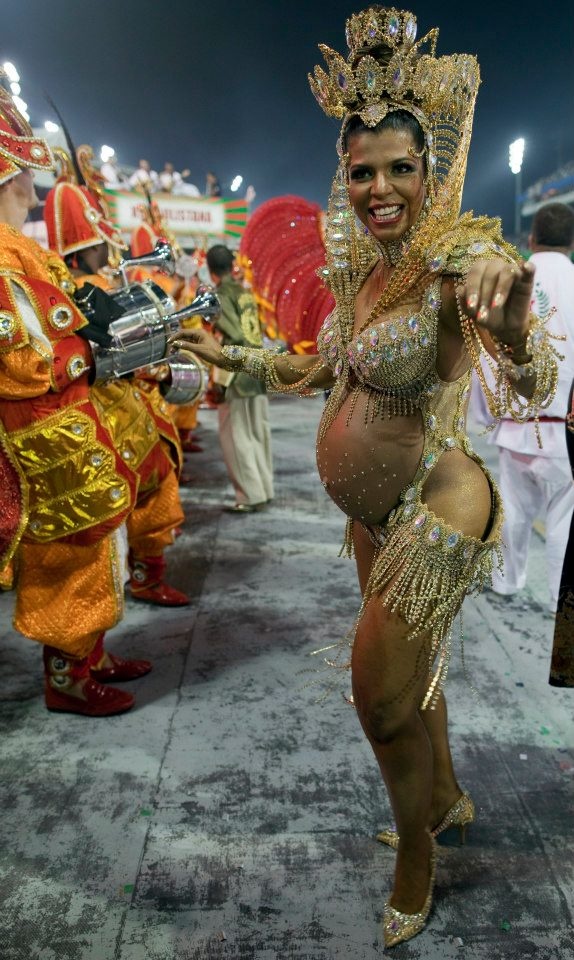 From the point of view of art, the body is the same instrument as the cello or violin. This instrument expresses emotions, feelings and moods. Dancing is no less an art than wielding a brush. The harmonious unity of the mind, soul and body is important here. nine0010
From the point of view of art, the body is the same instrument as the cello or violin. This instrument expresses emotions, feelings and moods. Dancing is no less an art than wielding a brush. The harmonious unity of the mind, soul and body is important here. nine0010
Some people think that the ability to dance is an innate talent sent from above. This is not always the case, everyone can become a dancer. Anyone who loves music, who enjoys moving to it, is in fact already a dancer, in the broadest sense of the word. However, to become a truly professional dancer, you need aspiration, desire and perseverance.
As a rule, the title of a professional is given to those who have studied for several years in a dance class. Behind him are more than a dozen performances on stage, knowledge of the names of all dance movements and a pack of costumes on hangers. nine0010
When it comes to street dancing, the academic school can't help. A professional on the street is the one who dances the best in the area.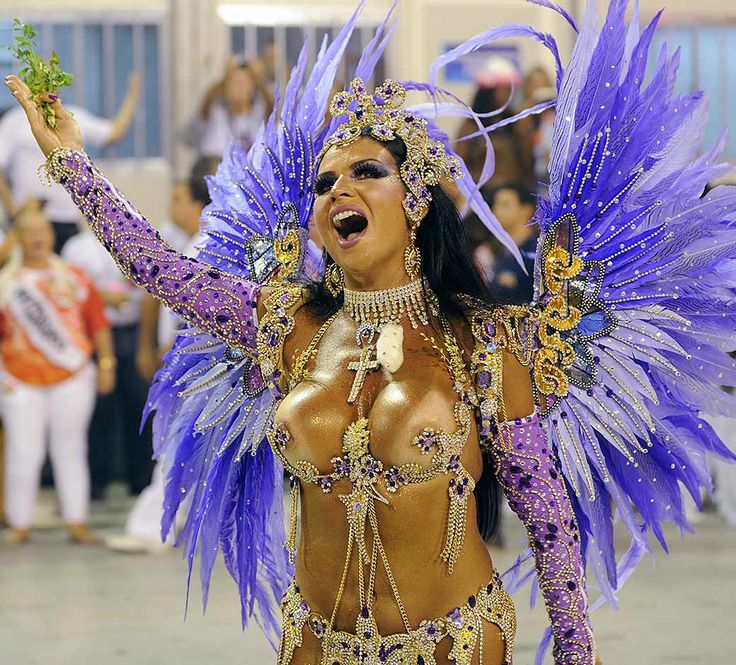 Many people ask: how to become a street dancer? Only one way: watch and repeat. Watch how they do, what they do, what kind of music. Repeat at home in front of the mirror, over and over, until the result is satisfactory. The style of street dancing has long been on the stage, and you can learn it in studios with teachers. Of course, even when working in the studio, you cannot do without repetitions at home. You need to constantly hone your movements. nine0010
Many people ask: how to become a street dancer? Only one way: watch and repeat. Watch how they do, what they do, what kind of music. Repeat at home in front of the mirror, over and over, until the result is satisfactory. The style of street dancing has long been on the stage, and you can learn it in studios with teachers. Of course, even when working in the studio, you cannot do without repetitions at home. You need to constantly hone your movements. nine0010
Success in the art of dancing directly depends on the goals set. Some want to dance professionally in the styles of Hip-Hop or Go-Go, others strive for a professional career in ballroom dancing, and others have long dreamed of participating in dance theater productions. People who from the very beginning wonder how to become a professional dancer often become the leading choreographers and art directors of their own dance studios.
Where to get knowledge to achieve your goals? We have already talked about the method of observation and self-study, as well as classes in dance circles.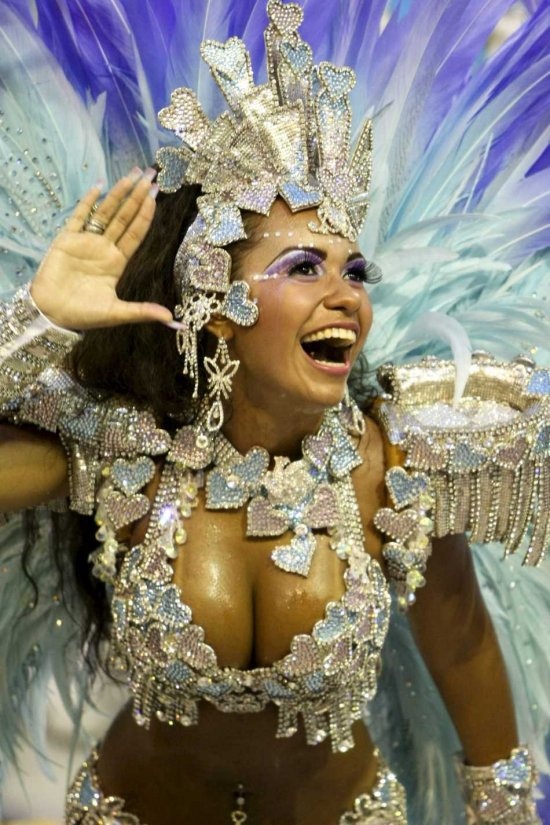 Another way to learn is to participate in master classes by visiting specialists and dance competitions. Any professional activity, including dancing, requires the intervention of experienced teachers. Dance competitions will help you get the necessary criticisms and tips to improve your technique. Naturally, one must be prepared for disappointments. But not a single remark should stop a true dancer on the way to his goal. nine0010
Another way to learn is to participate in master classes by visiting specialists and dance competitions. Any professional activity, including dancing, requires the intervention of experienced teachers. Dance competitions will help you get the necessary criticisms and tips to improve your technique. Naturally, one must be prepared for disappointments. But not a single remark should stop a true dancer on the way to his goal. nine0010
When a person thinks about how to become a good dancer, he thinks about how to acquire technique and refinement of movements, while forgetting about personal qualities. But they are no less important than the baggage of knowledge and experience gained. A lot is decided by the energy and charisma of the author of the issue. Does he have a talent, or does he mechanically repeat the learned movements? Is he lethargic or does his temperament make him get up from his chair and give a standing ovation? It is personal qualities that sound the very final chord that affects success.


